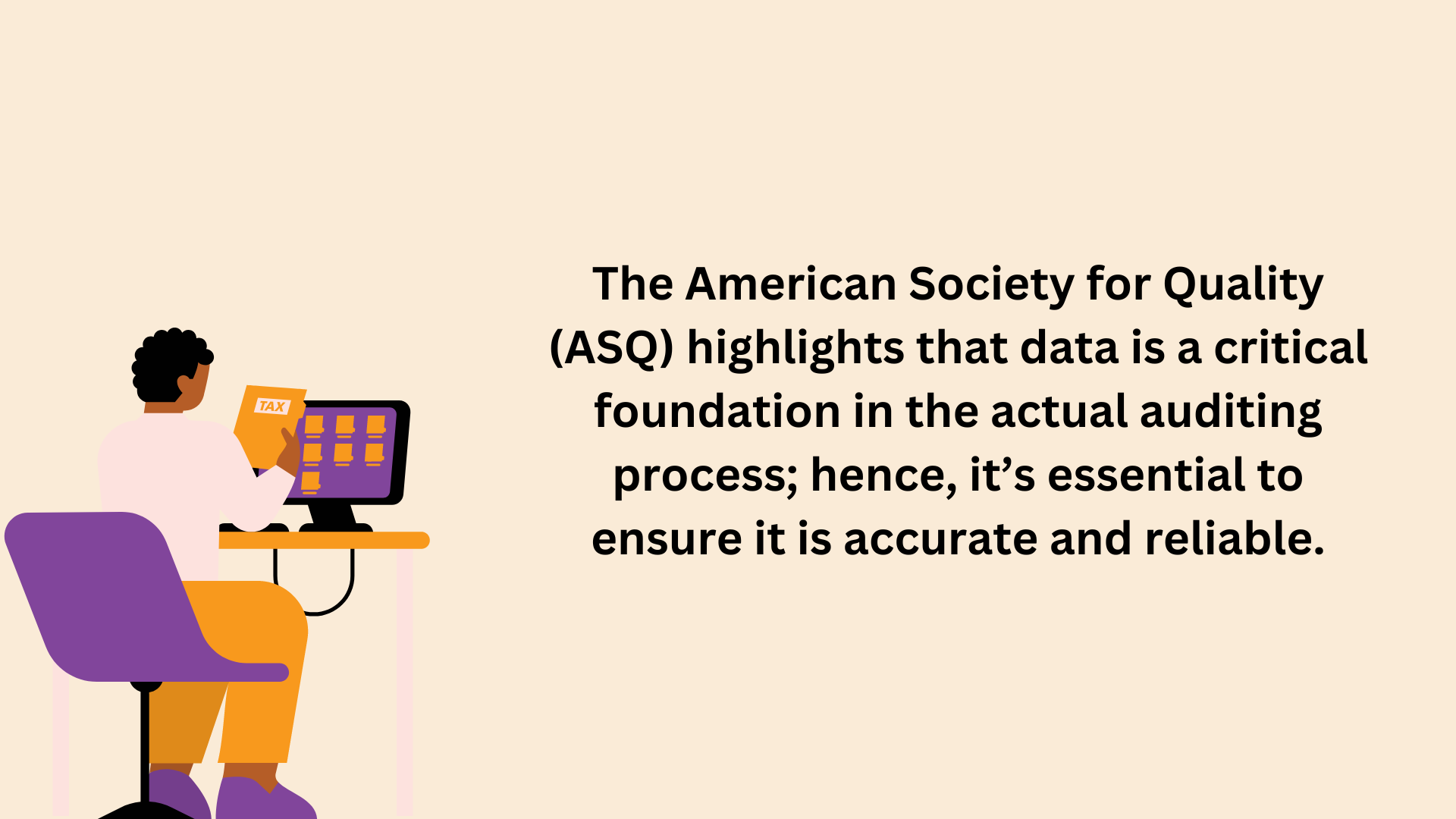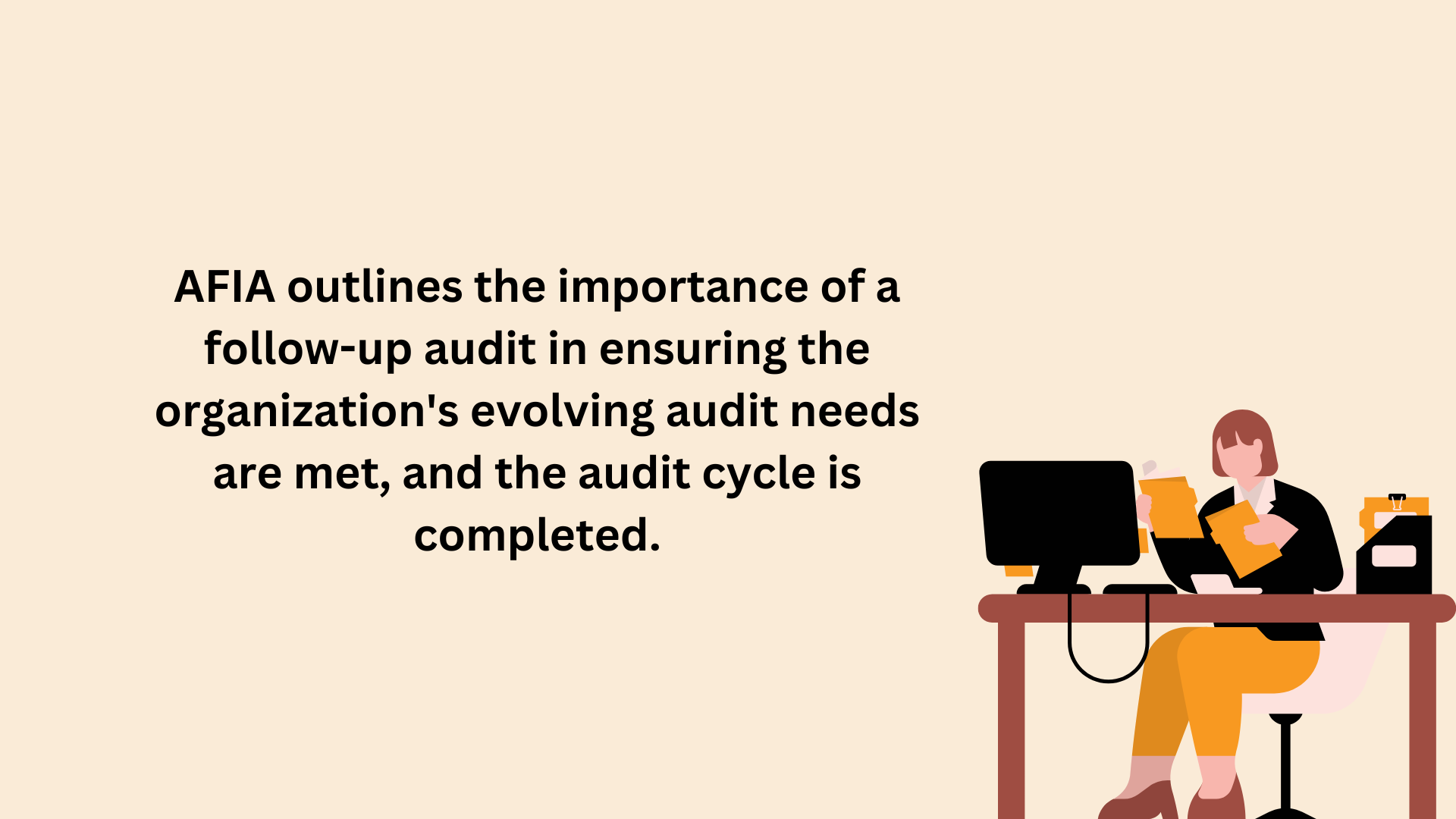Introduction
Internal audits are an integral means of safeguarding a company's assets. They act as a self-check mechanism, ensuring the company runs efficiently.
It is an independent, objective assessment of an organization's operations, specifically aimed at improving control, governance, and risk management.
Moreover, it helps identify inconsistencies or deviations and outlines corrective action to rectify the situation.
Making sense of numbers, ensuring a system's protocols are observed, and basically keeping your business in check can be as complex and overwhelming as it sounds.
Let's delve into a detailed guide on how you can manage internal audits in your company effectively.
Step 1: Set The Scope and Objectives
Start with the end in mind. Be explicit about your audit scope to know which part of your business is under scrutiny.
The audit could range across financial health, operational efficiency, or IT systems.
Drill down to why you're carrying out an audit. Defining the objectives clearly will ensure efficiency and focus on what matters most.
Understand that internal auditing isn't a witch-hunt but a constructive assessment aiming at business improvement.
Step 2: Assemble an Audit Committee
Recruit your team wisely. The committee should be composed of directors and executives who understand the company's processes, are aware of the risks facing the organization, and are committed to improving operations.
The auditor's role is not to take sides or play favorites. Appoint individuals who uphold integrity, and understand thoroughly the functioning of the unit under audit.
The Institute of Internal Auditors (IIA) emphasizes on the competence and relevance of the committee members for a fruitful audit process.
Step 3: Conduct a Risk Assessment
The Risk Assessment step is fundamental to identify the various risks that the company may face.
In this process, identify threats in line with the predefined scope. Evaluate the magnitude of the potential impact, how it could affect your business, and how likely the risk might occur.
The assessment will help you pin down problem areas that need most of your attention.
Step 4: Develop an Audit Plan
Based on the risks identified, devise an actionable audit plan. The plan should illustrate what, how, when, and who will carry out the audit actions.
Shying away from micromanaging, allow autonomy among team members but ensure they adhere strictly to the audit's scope and objectives.
Step 5: Execute the Audit
Get the ball rolling by executing the audit plan. During this phase, the audit team dives into the details of the audit area - collecting and assessing data, analyzing procedures, and comparing current realities against standard protocols.

Step 6: Analyzing and Concluding Audit Findings
After collecting and compiling all the necessary information, analyze the data.
The objective is to match this data against the predefined scope, pinpoint discrepancies, and provide an unbiased conclusion of the current status.
The committee then formulates a conclusion about the state of risk management, corporate governance, and internal control within the organization.
Step 7: Prepare an Audit Report
Haul all collected data, analysis, and conclusions in a comprehensive audit report.
This report helps wrap up the audit project by giving succinct, insightful findings, and clear-cut recommendations for improvements.
Step 8: Management Review
The audit's conclusions, reports, and recommendations should be presented to the management team.
The management reviews the findings, gives feedback, and approves the final recommendations.
Step 9: Implement Changes
After the review, the recommendations should be actioned as stipulated in the report.
The recommendations won't make an impact unless they are duly applied. All suggested improvements should be implemented - be it changing strategies, overhauling systems, or enhancing operational procedures.
Keep track of the results of these changes to understand the effect of the audit.
Step 10: Conduct Follow-up Audits
As a good rule of thumb, carry out follow-up audits to ensure the implemented changes bear the desired fruit.
Evaluating the impact of your efforts closes the audit loop. This offers a concrete indicator of the effectiveness of the entire audit process - a valuable insight when planning your next audit.

Recommended Tools for Managing Internal Audits
Technology is an indispensable ally on your journey to efficient internal audits.
It not only simplifies the process but also significantly ratchets up the efficiency and accuracy of your efforts.
But with a myriad of tools to choose from, where do you start?
Here's a curation of recommended tools essential for managing your internal audits.
Planning and Team Collaboration Tools
Strategic planning forms the backbone of every successful audit. It involves sketching the audit plan, defining tasks, outlining schedules, and above all, building a harmonious team.
For these tasks, consider the dynamic Workiva platform. It is renowned for its robust capabilities of audit planning while fostering seamless collaboration among the team.
Additionally, integrate Sanka, Microsoft Teams and Slack into your internal audit process.
These tools are invaluable for team synchronization, real-time communication, and fostering transparency and camaraderie among auditors.
Risk Assessment Tools
To act prudently on possible risks, you first need to recognize them. Thankfully, there's a fleet of risk assessment tools to make this a breeze.
LogicGate’s Risk Cloud is a fantastic tool known for its excellent risk evaluation methodologies.
It equates identified risks to measurable scores, creating a vivid visualization of potential threats.
For a seamless risk assessment experience, you can also use IBM OpenPages. Its high scalability and swift reporting capacity make it a go-to for businesses of all sizes.
Audit Documentation and Data Analysis Tools
Once you've defined your risks and developed your plan, it's time to dive into the facts and figures.
This is where data analysis software like ACL (Audit Command Language) comes in.
ACL offers capabilities for data extraction, testing, sampling, and analysis – a handy companion in the audit execution phase.
Moreover, Gensuite Audit Management Software is an alternative solution for scheduling audit tasks and setting reminders.
It ensures no milestones are missed and that the audit progress is consistently documented and easily tracked.
Audit Report Visualization Tools
Post data collection and analysis, comes the critical process of translating these findings into an easily digestible audit report.
QlikView, a dynamic data visualization tool, steps up to the plate here. With its intelligent data aggregation and interpretation utilities, it simplifies the task of presenting complex datasets into straightforward, intuitive graphs.
This transformation makes the audit results more understandable and insightful, streamlining decision-making.
Conclusion
In conclusion, internal audits, if executed well, can be a company's treasure - unearthing efficiencies, identifying aspects for improvement, and enhancing the overall operation of your business.
It's vital to keep in mind that the process requires critical thinking and analytical skills, careful planning, excellent communication, and above all, a relentless pursuit of organization-wide improvement.
In leveraging tools, you turn an otherwise daunting and complicated internal audit process into a manageable, streamlined task.
It's by merging human expertise with technology precision that you stand to drive enhanced efficiency in your internal audits.
Take a deep dive into your business operations today, conduct an internal audit, and unlock a whole new level of efficiency.








